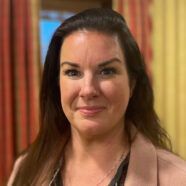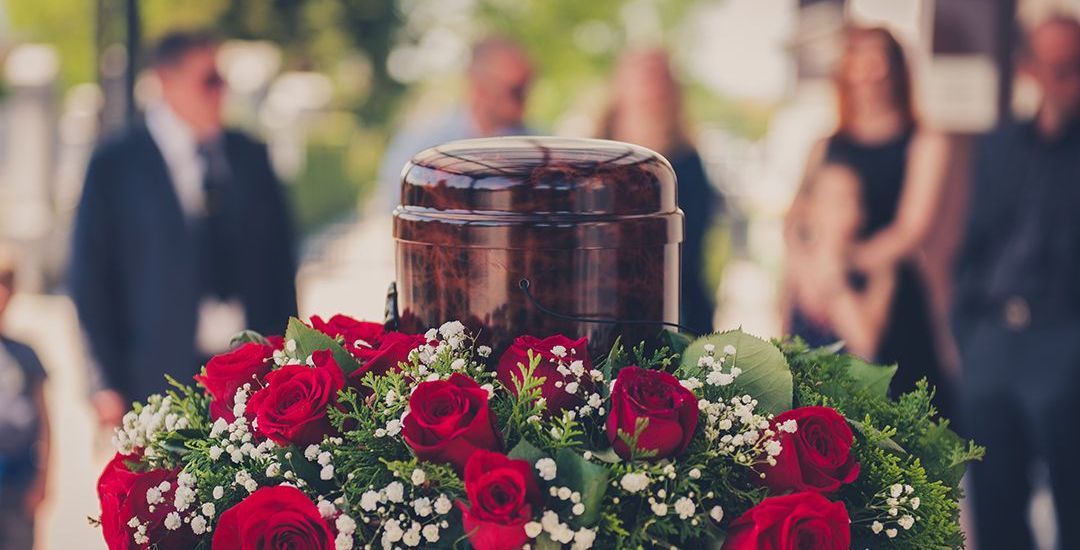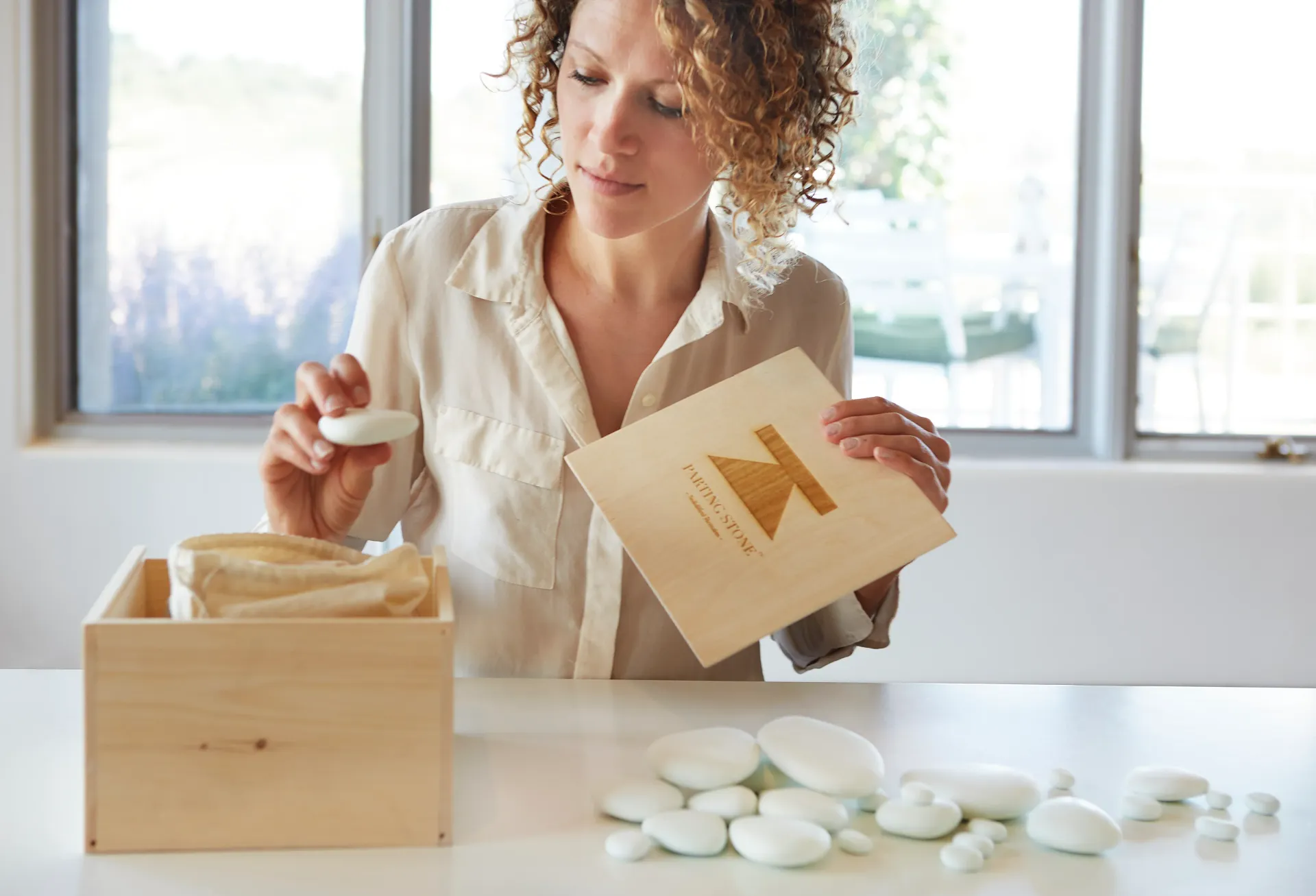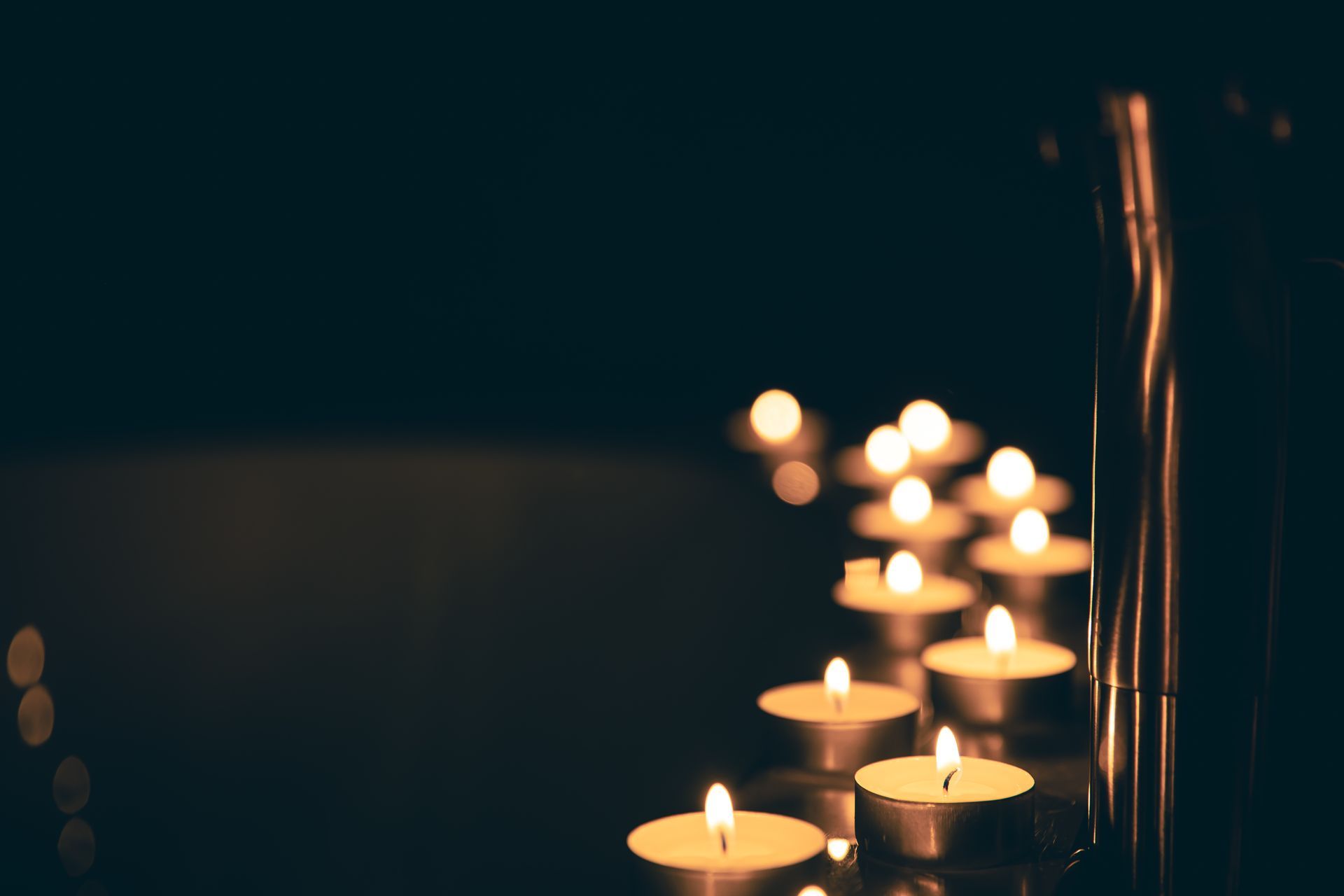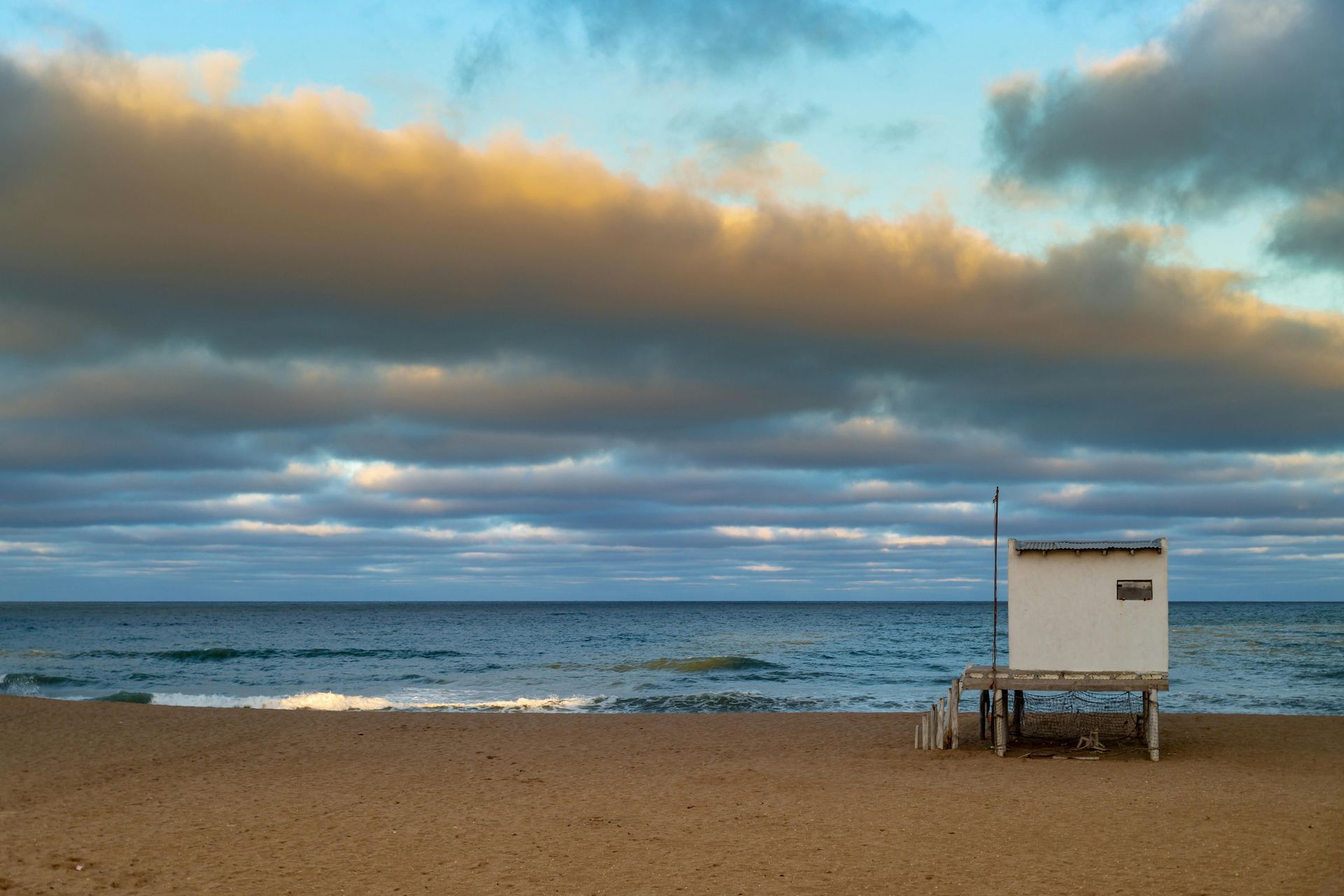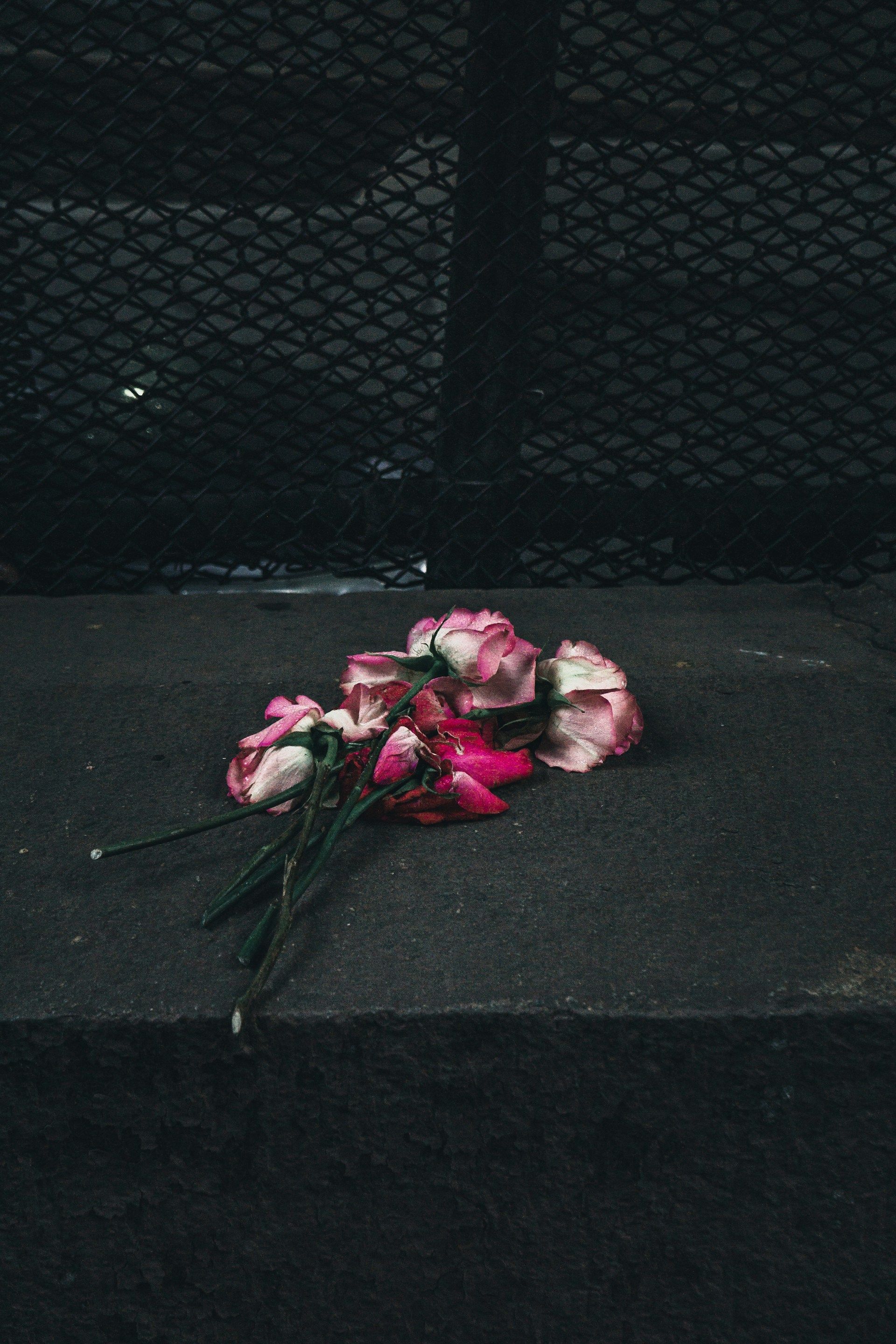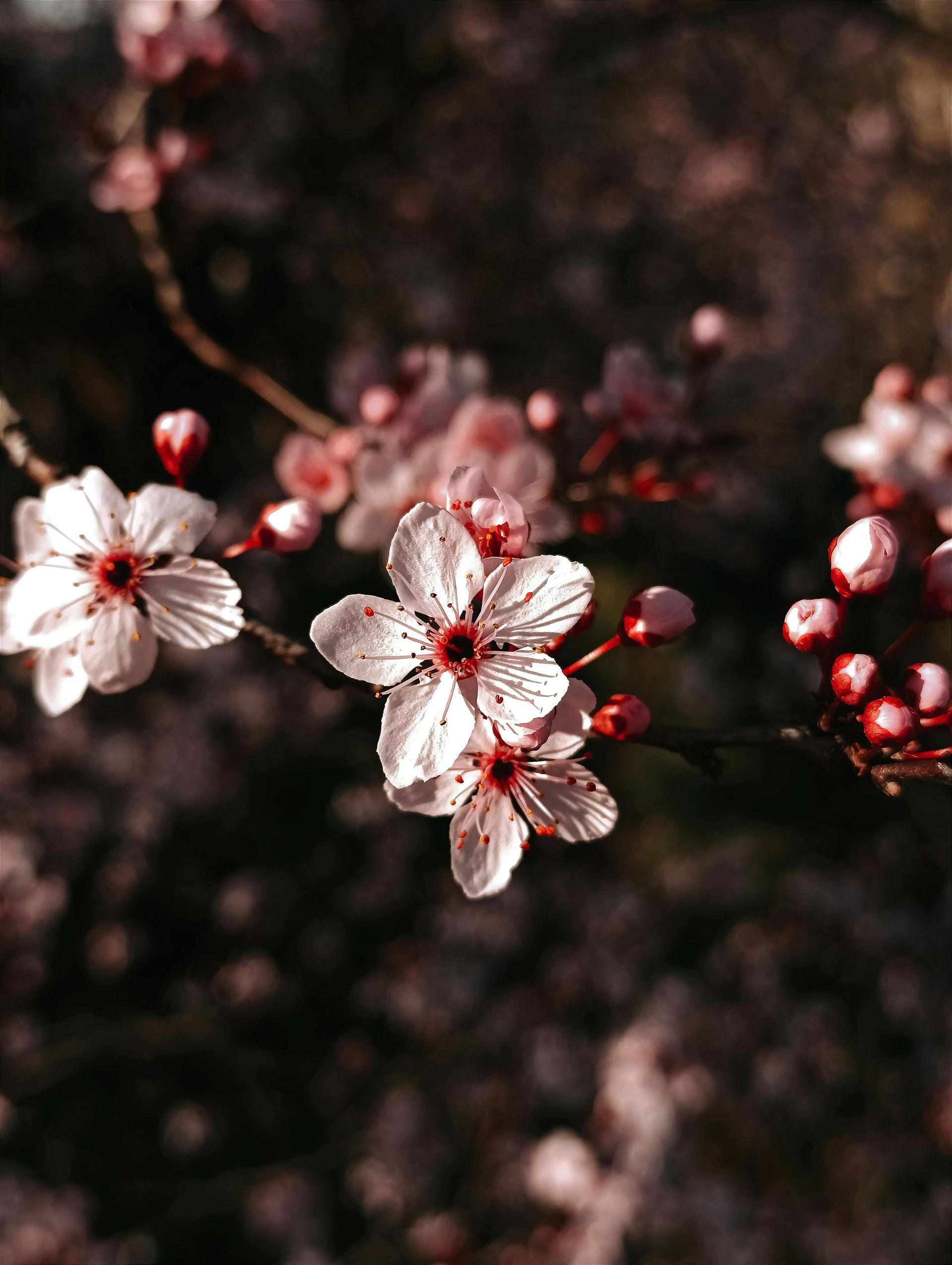Meaningful Ways to Honor the Service Men and Women in Your Life
Meaningful Ways to Honor the Service Men and Women in Your Life
With Veteran’s Day coming up, you may want to honor someone in your life who is actively serving; someone you know who has served in the past; or any of the brave men and women servicemembers of our armed forces. With many parades and other public celebrations curtailed due to the coronavirus pandemic, you may be wondering what’s the best way to honor those brave service men and women this year.
Here are some meaningful ways you can honor a soldier, past or present, for Veterans’ Day – or any day of the year!
- Make a Donation:
Photo credit: Elliot Burlingham/123RF.com
Donate to a cause that supports veterans in honor of your special service member and encourage your friends and family members to do the same. When you donate to groups such as the Wounded Warrior Project or USO , you can choose to make your gift in honor or in memory of an individual. The organization will then mail an acknowledgement of your donation to the person who is being honored so that they know you are thinking of them and honoring their service. You can also donate your car ; give frequent flier “hero” miles ; or donate your old cell phone to benefit soldiers and veterans. In addition, you may be able to receive tax deductions for your donations.
- Collect Halloween Candy: Many communities are cancelling or limiting Halloween this year to keep trick or treaters safe, but you can still do something with all that leftover candy! Operation Gratitude Halloween Candy Give-Back Program has been giving back to military and first responder heroes each fall since 2007. Grateful Americans across the country like you can share a portion of their Halloween candy with Operation Gratitude, and it will be donated to deployed troops, veterans, and first responders with the goal of forging strong bonds between the civilian and service communities nationwide.
- Volunteer from Home: During this time of social distancing, you don’t need to leave your home to make a difference through #VirtualVolunteerism , a call to action from Operation Gratitude to continue to help our troops in light of COVID-19. You can make paracord “survival” bracelets for troops and first responders to wear or use in case of emergency; knit, crochet or sew hand-made items for care packages; create unique handmade greeting cards so troops can write letters home to loved ones; or shop from home on Amazon, using Amazon Smile to donate a portion of your purchases.
- Create Care Packages: Everyone loves receiving care packages, especially service members who may be deployed far from home and separated from loved ones. Whether it’s for a loved one or someone you’ve never met, here’s a useful guide on what to include and what to avoid. If you’re not sure how to send your care package, the U. S. Department of Defense has put together a list of organizations that can help you. If you don’t currently know someone stationed overseas, you can contact a nearby base or an organization like Blue Star Moms to identify troops in need.
- Send a Wreath: Wreaths Across America is an organization dedicated to honoring and remembering veterans in December by coordinating wreath-laying ceremonies at Arlington National Cemetery and veterans’ cemeteries across the country. With the Patriot Pairs program, you can pair a sponsored wreath with a wreath delivered as a gift to a loved-one or friend. By sponsoring a Patriot Pair , a donated veteran’s wreath will be placed at one of the more than 2,200 participating cemeteries across the nation, and a second purchased wreath with branch flag, including Army, Navy, Marine, Air Force, Coast Guard and more, will be sent to the address of your choice.
- Write a Letter: The most simple and direct way to show your appreciation is to say, “Thank you for your service” through a letter to a veteran or current member of the service. Here are some letter writing tips , specifically for troops, to help get you started. If you don’t know a servicemember personally or want to reach out to others, organizations such as A Million Thanks will send your letters along to our troops. Over nine million letters have been sent so far! If you register with Operation Gratitude to join them in writing to our troops, they will send you a letter-writing toolkit and instructions for mailing the letters back to them. The letters will be included in care packages thanking military and first responders for their service to our country. You can even participate in a digital letter writing campaign between Operation Gratitude and Veterans United. Your message will be printed on a special postcard and delivered to a frontline responder.
There are many ways of showing appreciation to members of our military, past and present, even with social distancing and pandemic precautions. The brave men and women who have served in the U.S. military deserve our recognition, respect, and gratitude more than ever.
